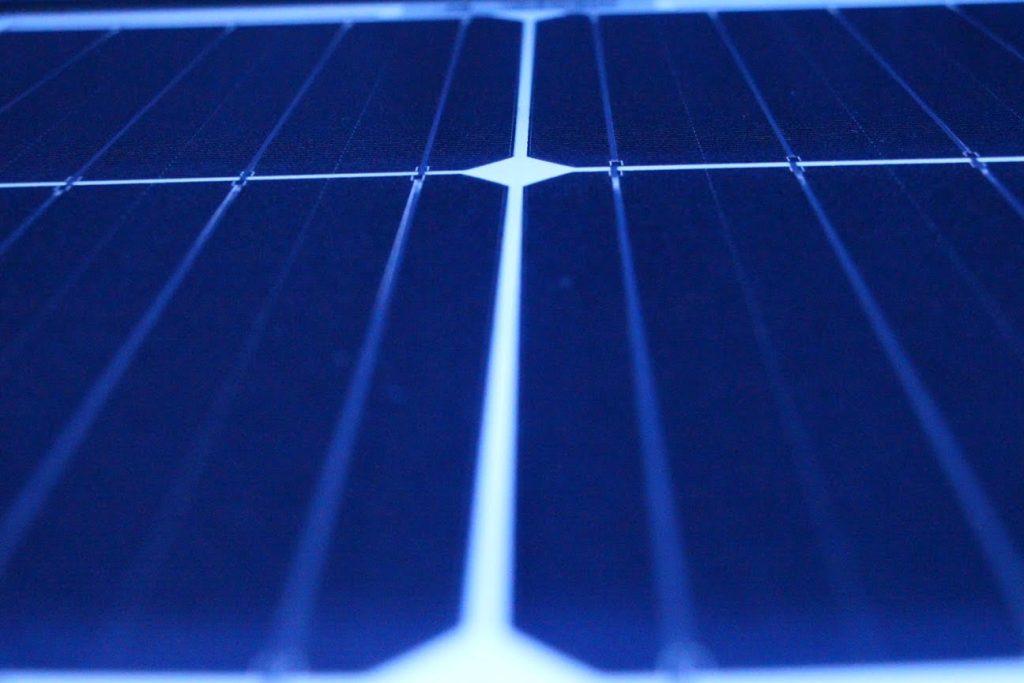The busbars on solar panels are critical for improving efficiency and reducing resistive losses in photovoltaic (PV) cells. Busbars are thin strips of copper or aluminum that collect and transport the electricity generated by the solar cells.
1. Electrical Conductance
- Purpose: Busbars conduct the electricity generated by the solar cells. More busbars reduce resistance, allowing the current to flow more efficiently from the cell to the external circuit.
- Impact on Efficiency: Panels with more busbars (e.g., 5, 9, or 12 busbars) have better current collection and lower resistive losses, leading to improved efficiency. A panel with fewer busbars (e.g., 2 or 3) might experience higher resistance, which can reduce overall output.
2. Shading and Light Absorption
- Shading Effect: While busbars are essential for conductance, they also block some sunlight from reaching the photovoltaic material. This reduces the amount of light that the cells can absorb, which can slightly lower performance.
- Minimization: With modern technology, busbars have become thinner (multi-busbar technology), minimizing shading while maintaining efficient conductance. This allows the panel to capture more sunlight while improving electrical performance.
3. Durability and Longevity
- Crack Prevention: Busbars also help prevent microcracks in solar cells from spreading. With more busbars, cracks in cells are less likely to propagate across the entire cell, which helps maintain efficiency over the panel’s lifespan.
- Reliability: Higher busbar designs improve the panel’s structural integrity, reducing the chances of efficiency loss over time due to mechanical stresses or temperature changes.
4. Hotspot Prevention
- Distribution of Current: More busbars help distribute the current across the panel more evenly, which reduces the likelihood of hotspots. Hotspots can occur when one part of the panel produces less electricity than the surrounding areas, potentially damaging the panel and reducing performance.
- Efficiency Gains: Better current distribution reduces local overheating and minimizes degradation, improving the panel’s overall reliability and performance.
5. Cost and Complexity
- Manufacturing Costs: More busbars generally increase the complexity and cost of manufacturing due to the need for more precise technology and materials.
- Trade-off Consideration: Manufacturers must balance the performance gains from adding more busbars with the increased cost of production, which can affect the panel’s affordability for consumers.
Busbars have a significant impact on solar panel performance. More busbars generally improve efficiency, durability, and reliability, but they also increase manufacturing complexity and costs. The trend toward thinner, multi-busbar designs is a compromise that enhances efficiency while minimizing shading losses.


